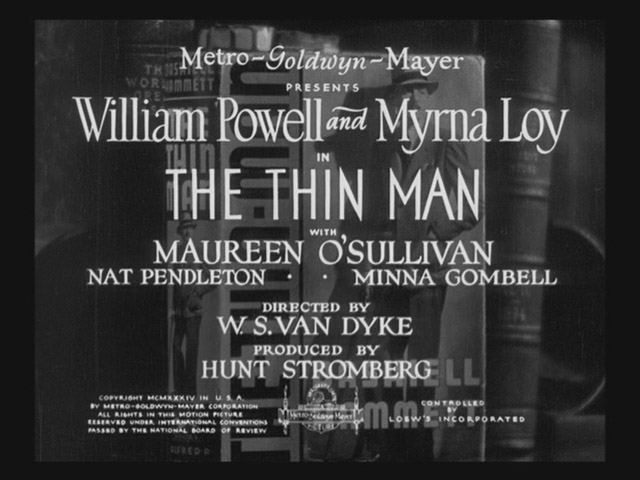
Of all genres, I think detective stories and murder mysteries may have the most freedom to run all over the map and continually introduce new characters and subplots willy-nilly until the very last possible second. (On second thought, that's almost certainly not true: musicals or anything under the umbrella of "comedy" surely have more license for freeform plotting, but nevermind that.) Anyway, so long as they can still bring everything together with a result that doesn't feel like a cheat, the murder mystery gets a lot of leeway in terms of how chaotic and haphazard it can feel. This is why it's hard to pin down the actual plot of films like Kiss Kiss Bang Bang or The Big Lebowski, or anything by Raymond Chandler or Agatha Christie. Trying to pay painstaking-close attention to the machinations of a good mystery plot is aggravating, and actually not all that rewarding. I think in a strong novel you can follow along with all the clues and just maybe try to outguess the detective (though even then I never try; what's the fun in that? I'm much more happy to follow the story for its own sake and then on second viewing identify the clues and red herrings), but in a film the pace usually makes that hard: you can't slow down and take stock, and you're not supposed to. You're Dr. Watson at best, following along with the action, keeping up as best you can and if you can't, getting clued in by the master detective either along the way or, more likely, at the end. The fun isn't the answer, anyway: the fun is all the mystery. A mystery is about, in a way, having fun with a story, and there's no denying that Nick and Nora Charles are fun.
In fact, Nick and Nora remind me of a roarin' 20s style boozy and funner version of George and Martha from Who's Afraid of Virginia Woolf?. The large, complicated cast of characters and the intersection of uppity highbrows with dour lowbrows reminded me of The Rules of the Game or Gosford Park. It's easy to see the light-hearted approach to such a dark caper as a sign of the times (the film was made in 1934, after all) and the audience's need to escape, and I think that very same madcap almost comic-pitched tone has helped it age well. At first it's a little off-putting, because the jokes aren't very subtle (though they're often very witty, especially the back-and-forths between the Charleses) and the reaction shots feel particularly hammy -- plus the story is confusing from scene one until nearly the end. But at a certain point you realize that they're playing it against type, consciously. Nick won't take the case no matter what, but everyone around him from crooks to cops keep treating him as the authority on the subject. Suspects sneak into his house in the middle of the night to try and clear their name at gunpoint, and he's not even involved in the case! In a single dinner-party scene, every member of the suspect's family shows up individually and is secreted off to different rooms of the apartment for private info-dumps on the couple who aren't even in on the case. After a point, the backwardsness of it becomes hilarious.
It's the complete inverse of a classic Agatha Christie formula. Usually you begin with a bunch of suspects in a single place and a stalwart mastermind determined to solve a murder. Here Nick and Nora have thugs and cops bully every suspect into a single dinner scene at the end of the film, where he rattles off what he admits privately is only one possible version of the mystery's solution and waits for someone among the bunch to blunderingly tip their hand. His speech seems to call out one or two obvious ones, but these are decoys, and he even interjects a name or two of his own in a sharp accusatory way, only to ask them casually if the oysters are to their liking. It's all a parody of murder mysteries, and throughout it Nora keeps saying to him she'd really like to see him be a detective one of these days. In fact, after spending over an hour trying to find and either accuse or absolve Dr. Wynant, Nick does his only bit of actual sleuthing and determines that the man's been dead for three months now -- the entire case itself is turned upside down in a single moment that brilliantly brings us into the act three dinner sequence I just mentioned. Although it never quite tips its hat to the audience (which is nice), this is a murder mystery standing on its head every step of the way. And it's a lot of fun.

No comments:
Post a Comment